Configure Now
Items in Your Cart0
0Items in Your Cart
Start building your packageShop Now
Offshore cable networks require regular inspections to prevent failures, minimize downtime, and maintain reliability. Traditional methods, like diver-based surveys and crewed vessel operations, are costly, time-consuming, and pose safety risks. ROVs provide a safer, more efficient alternative, delivering high-resolution imaging and real-time data without the need for divers or extensive surface support. This article examines how ROVs elevate offshore cable inspections, improving accuracy, efficiency, and safety while ensuring compliance with industry regulations and reducing operational costs. A real-world example of these benefits is showcased below in a case study with Seaway Transport Maritimes and their utilization of Deep Trekker ROVs, highlighting their ability to successfully manage complex subsea cable inspections and installations under challenging conditions.
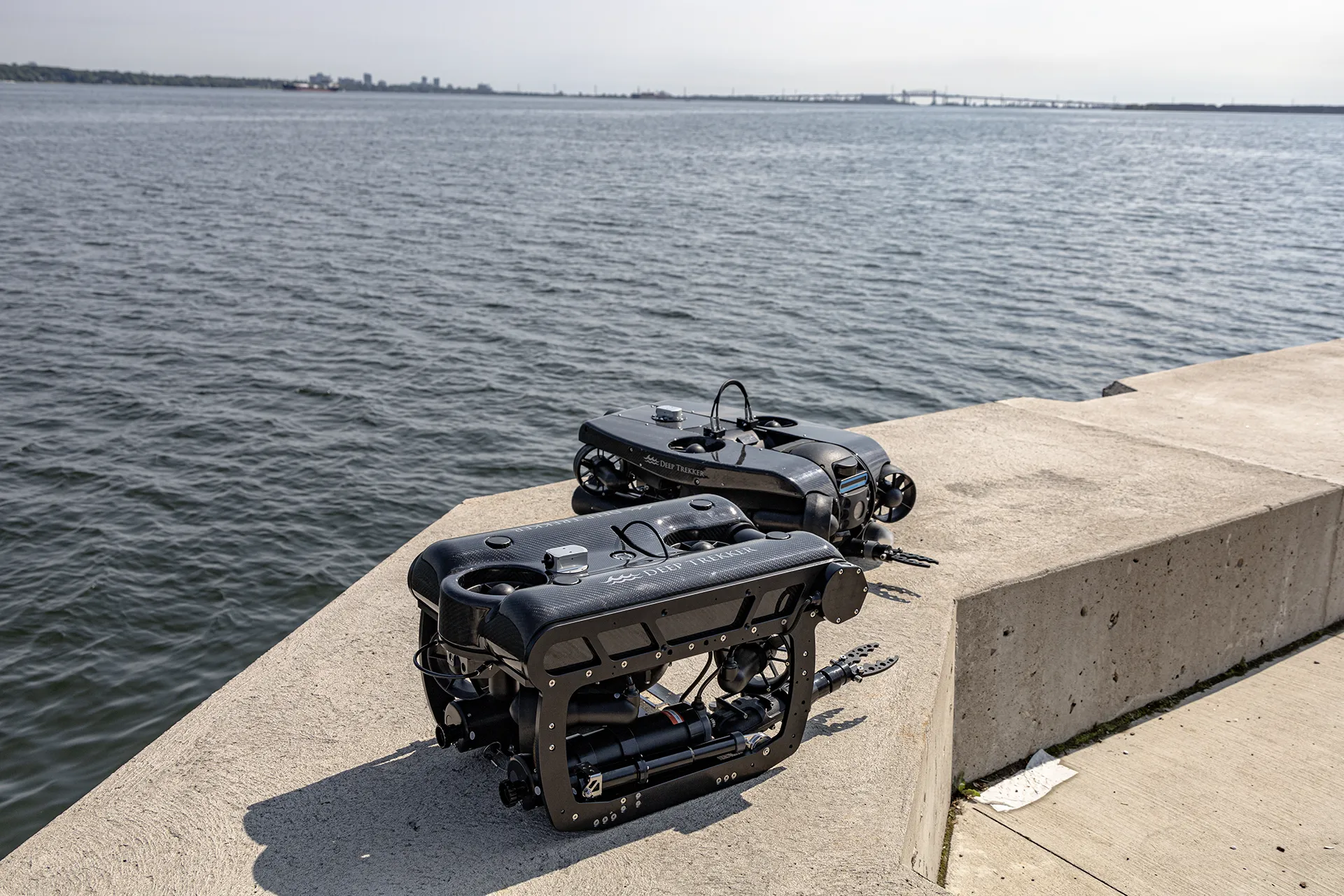
Conventional offshore cable inspections rely on human divers, which introduces significant challenges in safety, operational efficiency, and data reliability.
Diver-based inspections pose inherent dangers, including decompression sickness, entanglement in cables or marine debris, and exposure to unpredictable underwater currents. These risks limit the depth and duration of dives, typically restricting operations to less than 50 meters for occupational safety. In deeper waters, saturation diving is required, adding logistical complexity, cost, and the need for specialized life support systems.
Offshore inspections are highly dependent on environmental conditions. High winds, strong currents, and low visibility can delay operations or force cancellations, disrupting project timelines. Diver deployments require stable conditions to ensure safety, reducing the number of viable inspection windows per year.
Traditional inspections require a fully crewed support vessel, diver teams, decompression chambers, and backup safety personnel. Mobilization costs alone can be significant, particularly for offshore wind farms and subsea power transmission cables that extend for kilometers. Additional expenses arise from downtime due to weather conditions and mandatory safety protocols, making conventional methods financially burdensome.
Manual inspections rely on divers using handheld cameras or visual assessments, leading to inconsistencies in data collection. Visibility constraints, physiological limitations, and human error impact the accuracy of assessments. Post-processing is often required to compile and analyze fragmented data sets, increasing the time between inspection and actionable reporting.
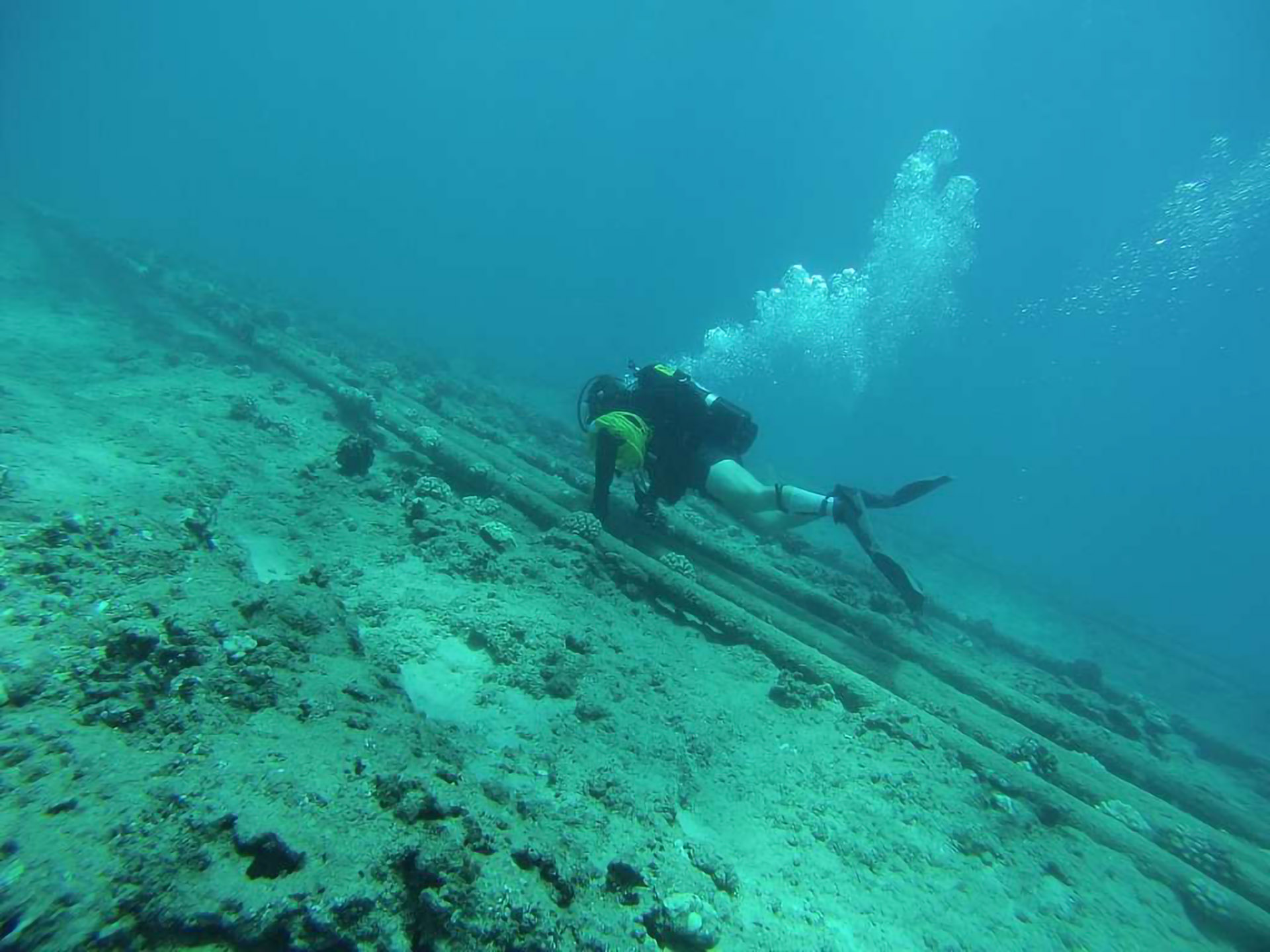
Deep Trekker ROVs overcome the limitations of traditional methods by delivering stable, high-resolution imaging, real-time data collection, and efficient, diverless operation.
ROVs eliminate the risks associated with human divers by conducting inspections at any depth within operational limits. They can navigate confined spaces, strong currents, and hazardous areas such as damaged cables or corroded pipelines without endangering personnel.
Equipped with advanced thruster configurations and auto-stabilization features, Deep Trekker ROVs maintain position and trajectory even in high-current conditions up to 3 knots. This stability ensures accurate data collection along long, submerged infrastructure.
Integrated cameras and sonar provide detailed visual and acoustic imaging, capturing precise measurements of cable burial depth, damage, or marine growth. Real-time data transmission allows for immediate analysis, reducing the need for post-processing and enabling faster decision-making.
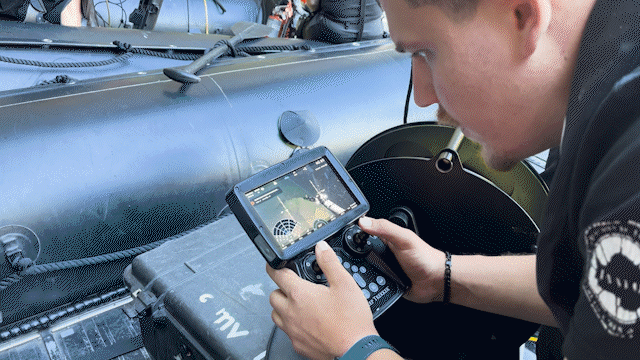
Battery-powered and easily deployable from small vessels, Deep Trekker ROVs minimize mobilization time and operational costs. Unlike tethered systems requiring large support vessels, these ROVs enable continuous inspections with minimal downtime, optimizing efficiency in offshore operations.
ROVs quickly detect corrosion, misalignment, and damage in subsea cables and pipelines—without costly downtime or diver risk.
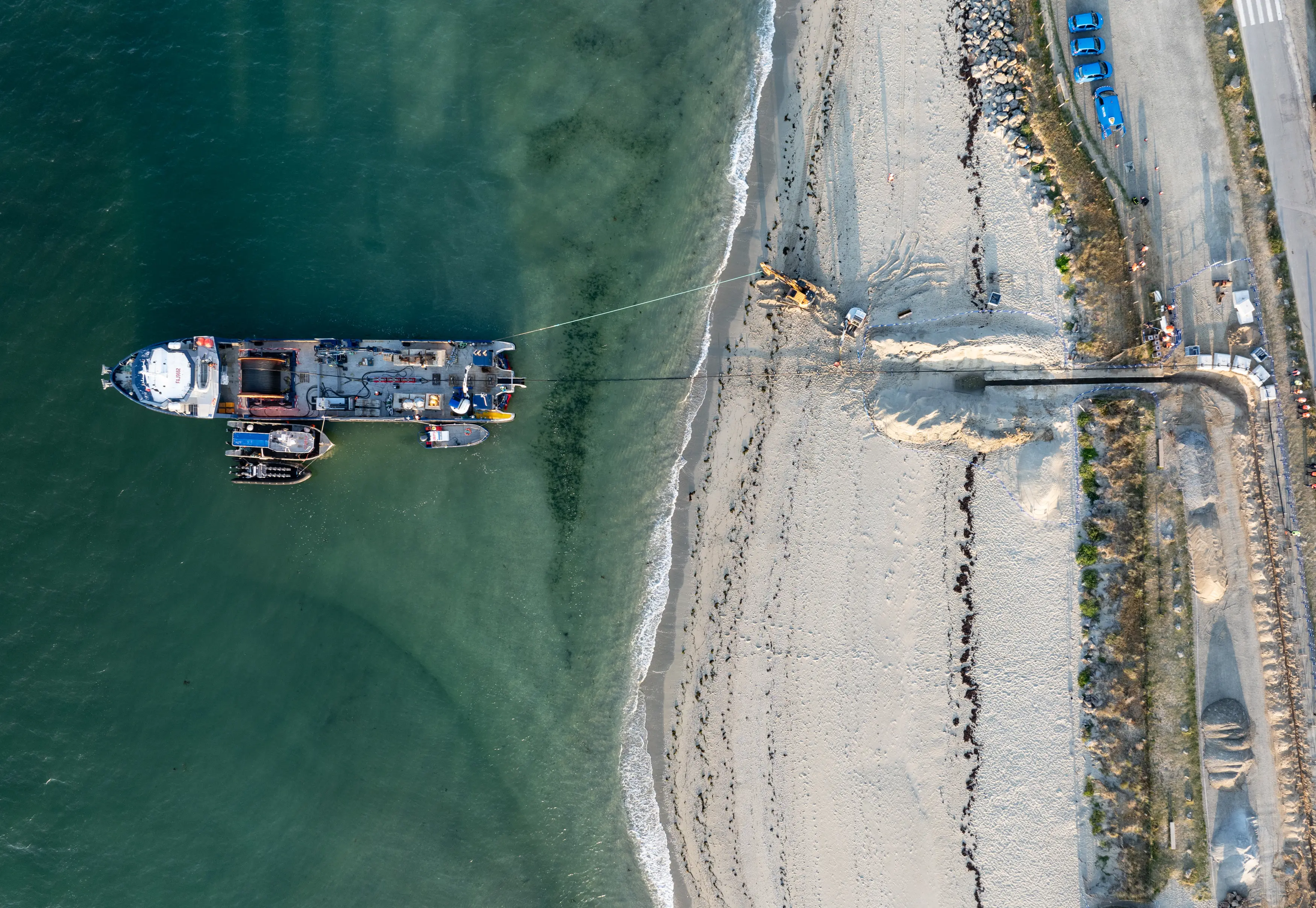
Seaway Transport Maritimes, based in the commune of Saint Philibert in Morbihan, is primarily known for its maritime freight transport services, delivering materials and small trucks to the local islands. In addition, Seaway handles the export of waste from islands like Houat, Hoëdic, and Belle-Île.
The company’s expansion into underwater cable inspections came after an opportunity to work with one of France's largest electricity providers, ENEDIS. They needed to inspect and replace subsea cables running from the mainland to nearby islands. To secure the contract with the French electricity company managing the region, Seaway required an efficient method to inspect the seabed and ensure the integrity of the subsea cable.
The owner of Seaway, Mathieu Le Quellec, who also runs an oyster farm, turned to his long-time friend, Christophe Le Potier, a seasoned photographer with 35 years of ocean and marine photography experience, who suggested utilizing an underwater ROV for this new venture.
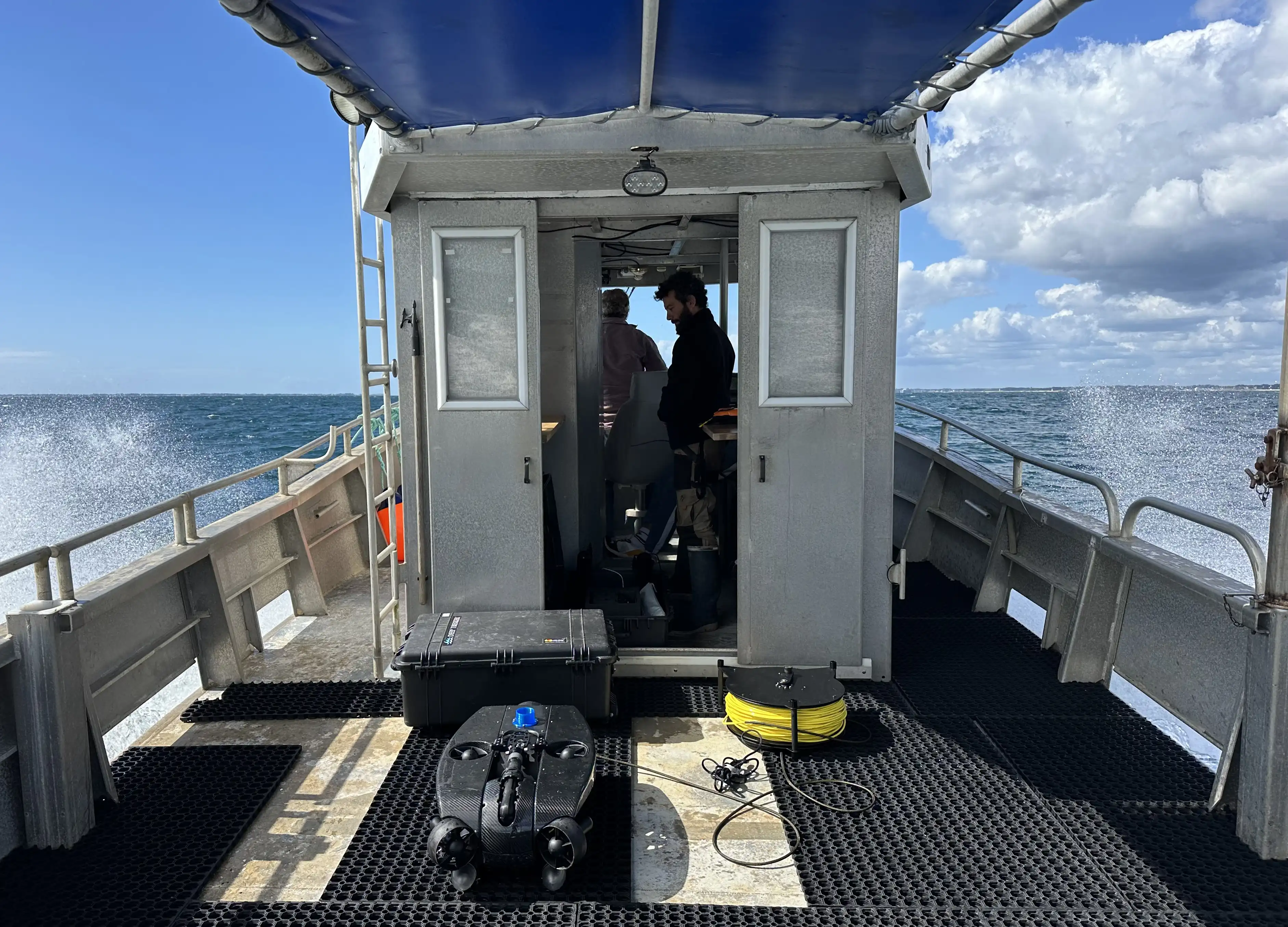
“Mathieu likes challenging things. He never did cable inspections before, but he thought he might be able to do it with his fleet, the kind of boat he’s using. But to get that contract, he needed to be able to film and make those underwater inspections, so he had to buy an ROV. He asked me for advice, and I told him to contact Escadrone. Now we’ve got a contract with this technology.”
To fulfill the contract requirements, Seaway purchased the REVOLUTION ROV, a machine capable of underwater cable inspection. Christophe recalls, "I suggested he reach out to a company in France that sells drones and ROVs: Escadron." Once the purchase was made, Christophe was asked to operate the ROV, which he enthusiastically accepted. This marked the beginning of Seaway's venture into underwater inspections.
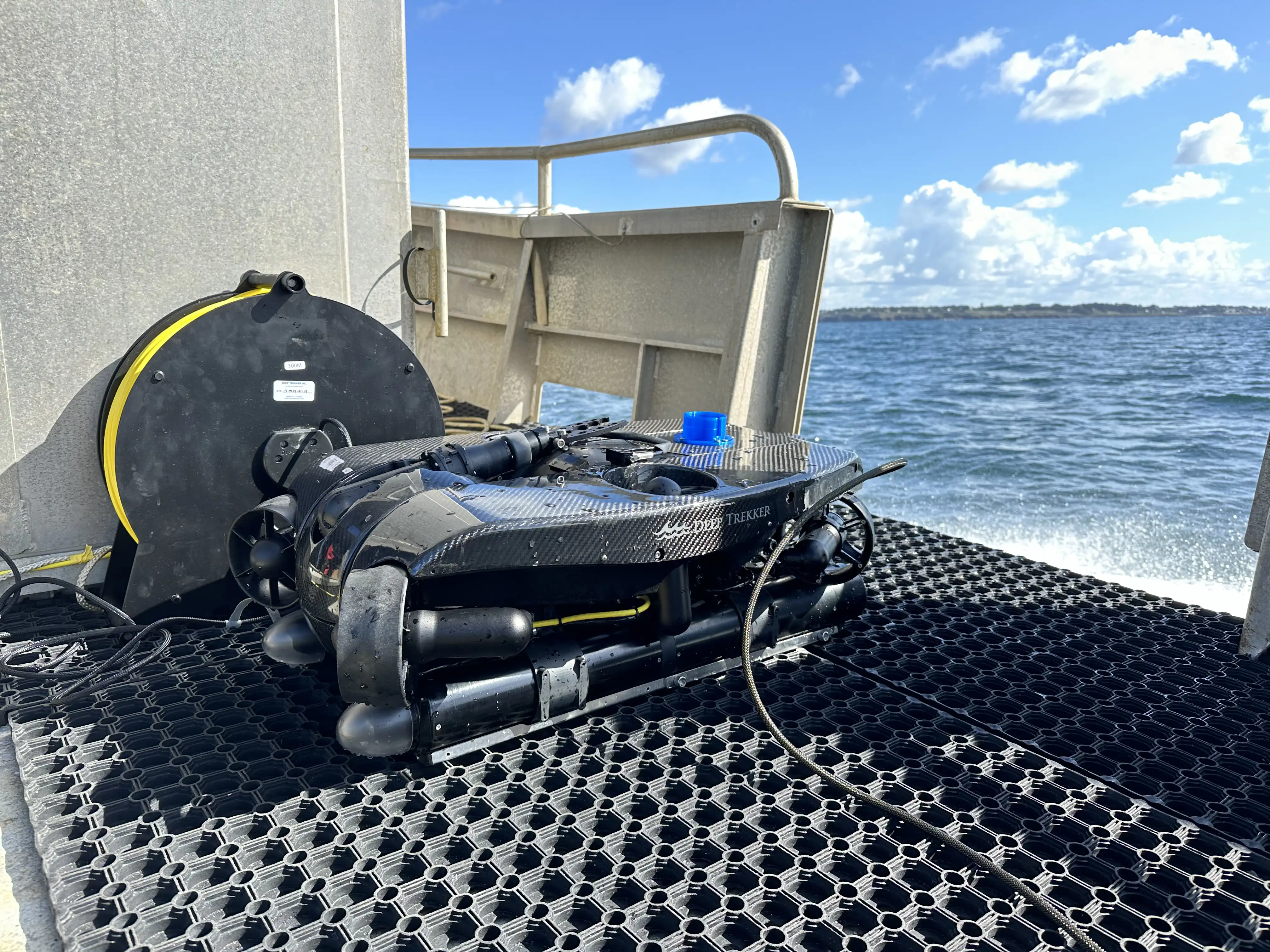
The REVOLUTION ROV's primary task was to inspect a section of the older cable and monitor the installation of new cable. Christophe’s responsibility was to inspect the area and confirm that the cable was being placed correctly. “My role was to monitor the cable placement as it was lowered to the seabed, making sure there were no rocks or obstacles that could damage it,” he explained.
Christophe Le Potier has spent 35 years capturing sea photography across the globe, and also has had a licence as a helicopter pilot for 30 years. He jokes that "all photographers should also be drone pilots nowadays," reflecting his ever-evolving approach to capturing the world from new angles. Despite his experience with drones and aerial photography, his introduction to underwater ROVs marked a significant shift.
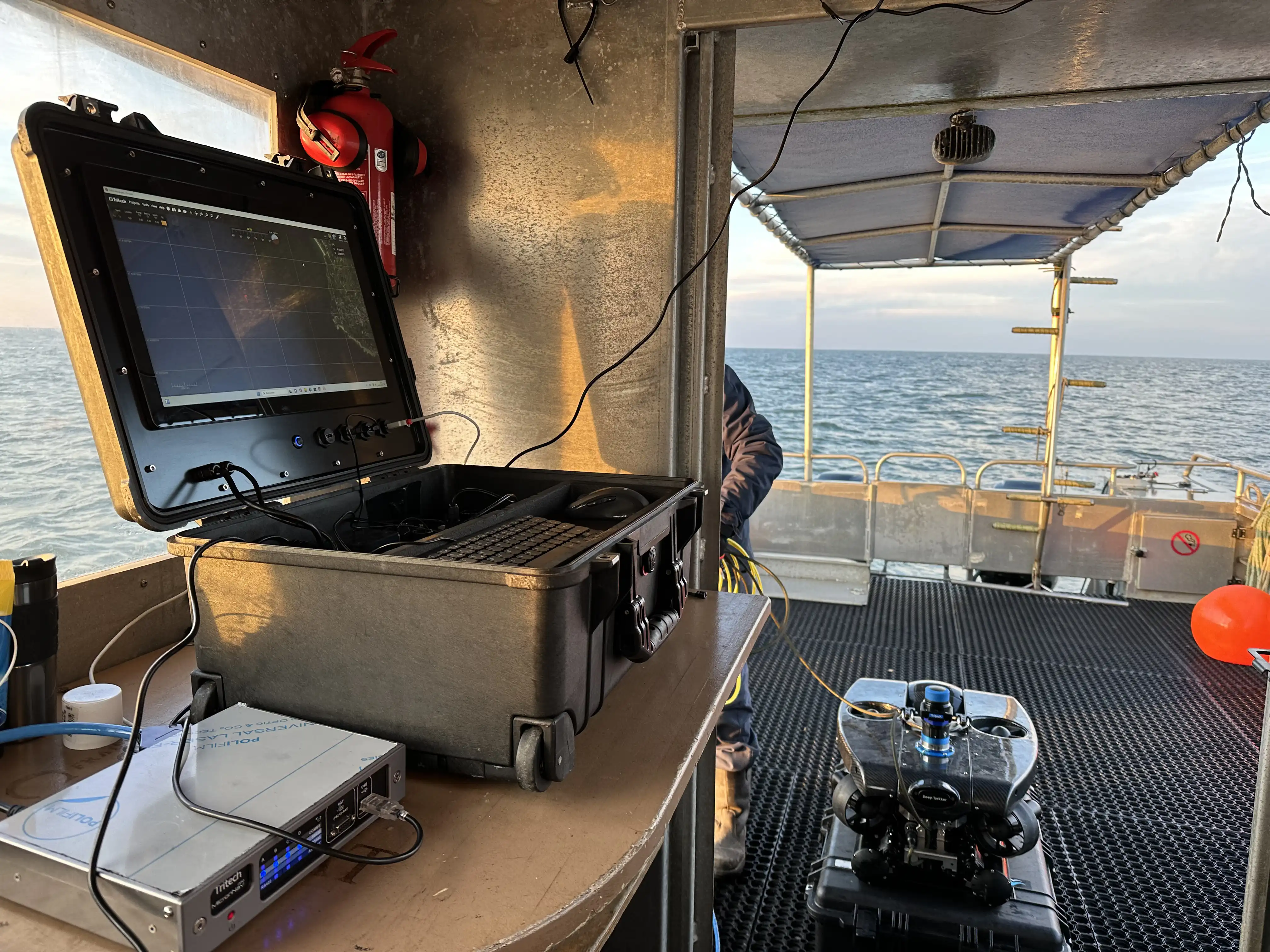
Mathieu and Christophe were both new to ROV operations. "He knew nothing about ROVs. I didn’t either," Christophe said. To prepare, they had a single day of training with Escadrone. After the training, Christophe was ready to apply his new skills to pilot the ROV for their first contract.
When asked which ROV features stood out the most, Mathieu noted, "Several features are very impressive, especially the stabilization control! We also appreciate its long self-sufficiency - having two batteries is extremely useful, and recharging is faster than discharging. The robustness, compact design, ease of use, and high-quality video and photos are also standout aspects. It’s surprisingly easy to pilot!"
Piloting the ROV, they successfully located and assessed the aging 17-kilometer cable, initially installed in 1963, focusing on a 6 kilometer section that required replacement. Some parts of the old cable were buried under sand, but the team was able to track its position when it surfaced in more rocky areas. The ROV was also utilized to ensure the correct placement of the new cables as they were laid on the seabed.
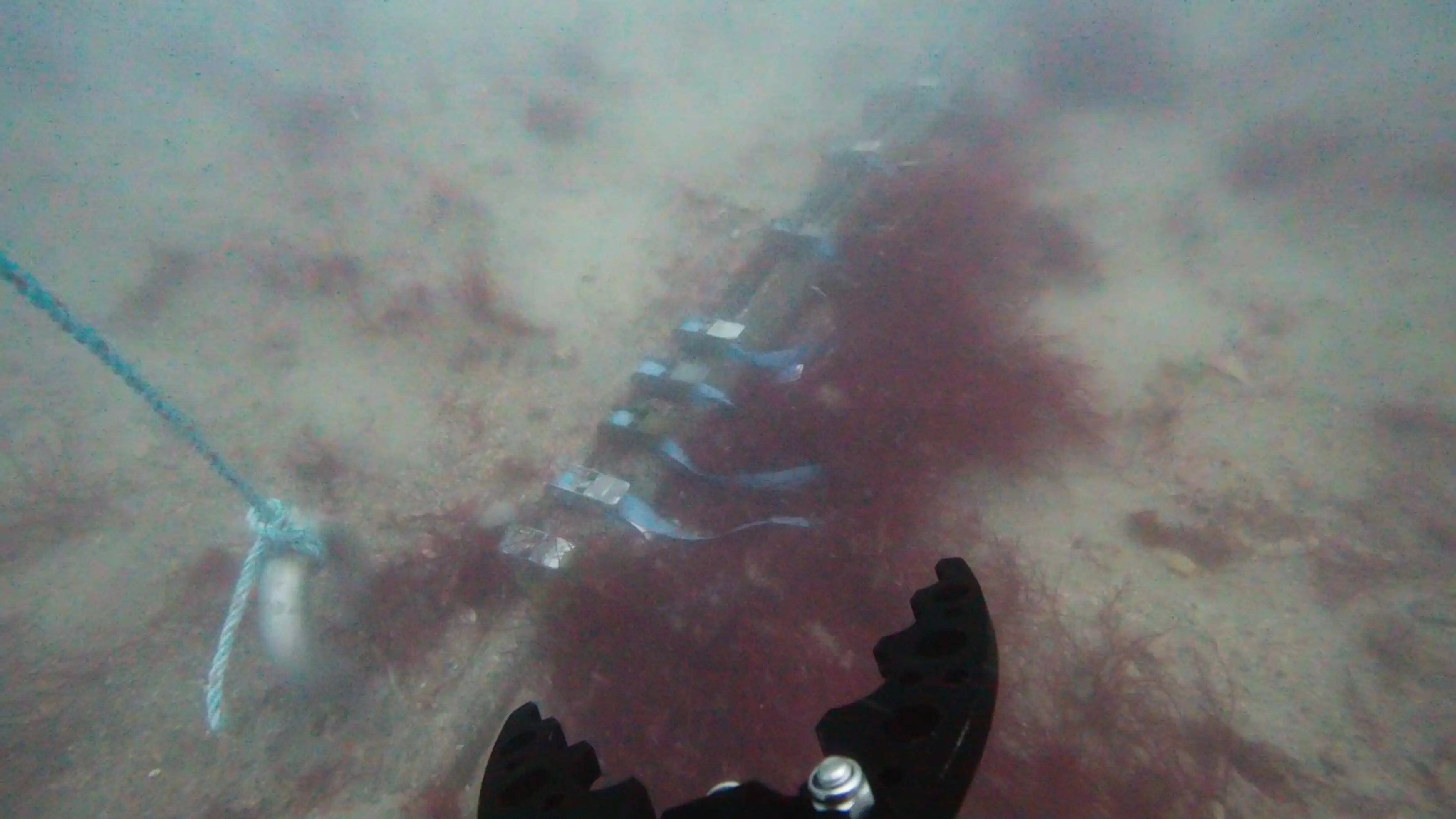
La Potier explains further, “They expected some movement after installation, so this inspection was important. After it was completed, we had to inspect the connection points where two sections of the cable were joined to make sure they were properly seated, ensuring the connections were secure. Now, six months later, they’ve asked us to inspect the cable again. We’ve already had a few big storms, so they want to confirm its position. However, underwater visibility is terrible right now due to the heavy rain, which has stirred up a lot of sediment.”
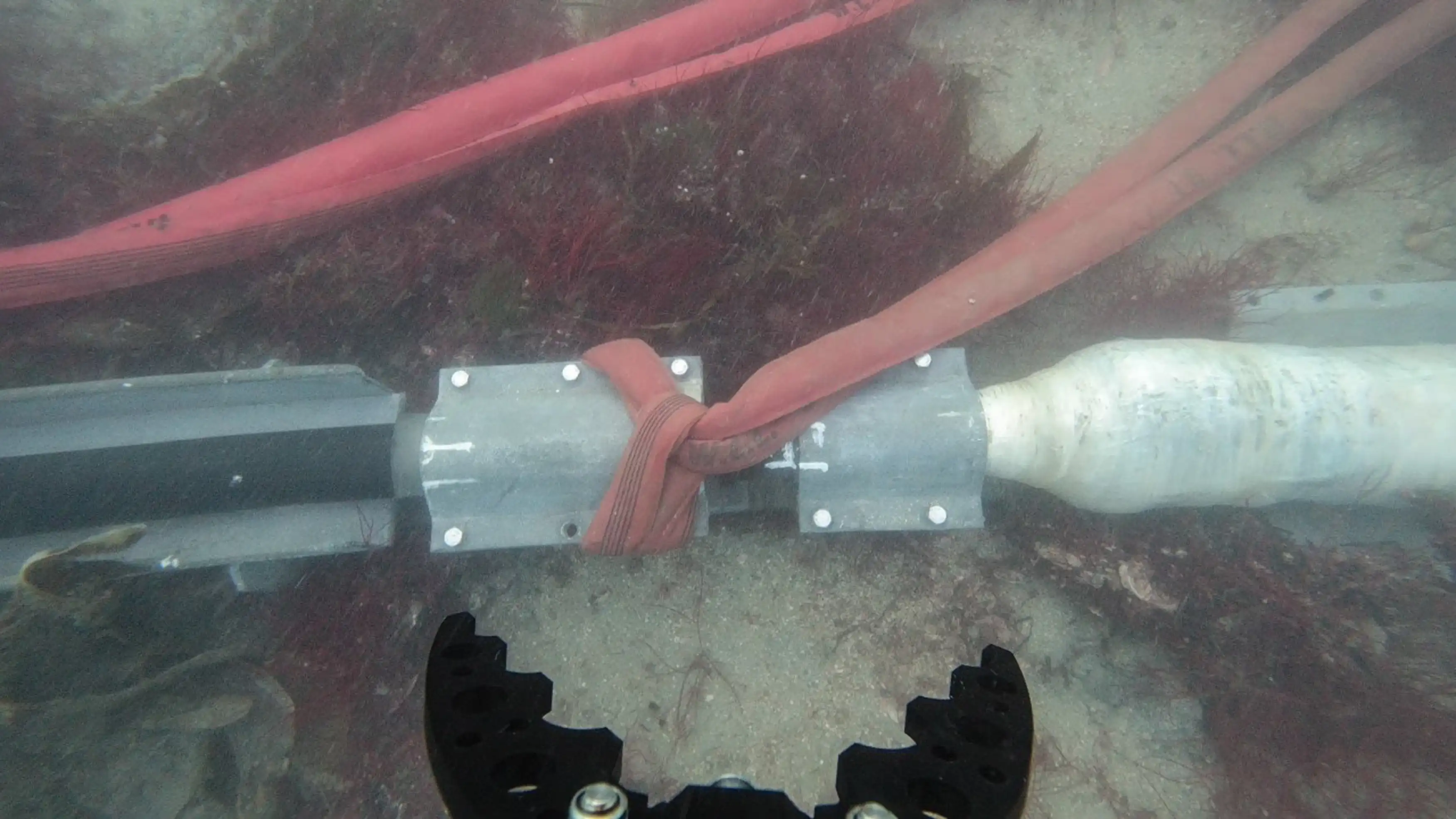
The team faced difficulties due to bad weather causing turbidity and low visibility, which made inspections challenging. To overcome these issues, they relied on sonar to locate the cable when it wasn’t visible, USBL to track ROV positioning, and utilized the ROV’s station-holding ability to maintain position in strong currents.
"The turbidity can get very high. I used the sonar once to locate the cable," Christophe shared. "I feel like a medic,” he remarked, “Checking ultrasounds or something. I need more training to be able to work with it - it seems to be very powerful. But I was able to locate the cable," he concluded.
Christophe explained further, “The other day we had a little bit of visibility and we did three kilometers of cable inspection in half a day. And the visibility was not good. So I’m sure we can go faster than that, a lot faster when we have good visibility.”
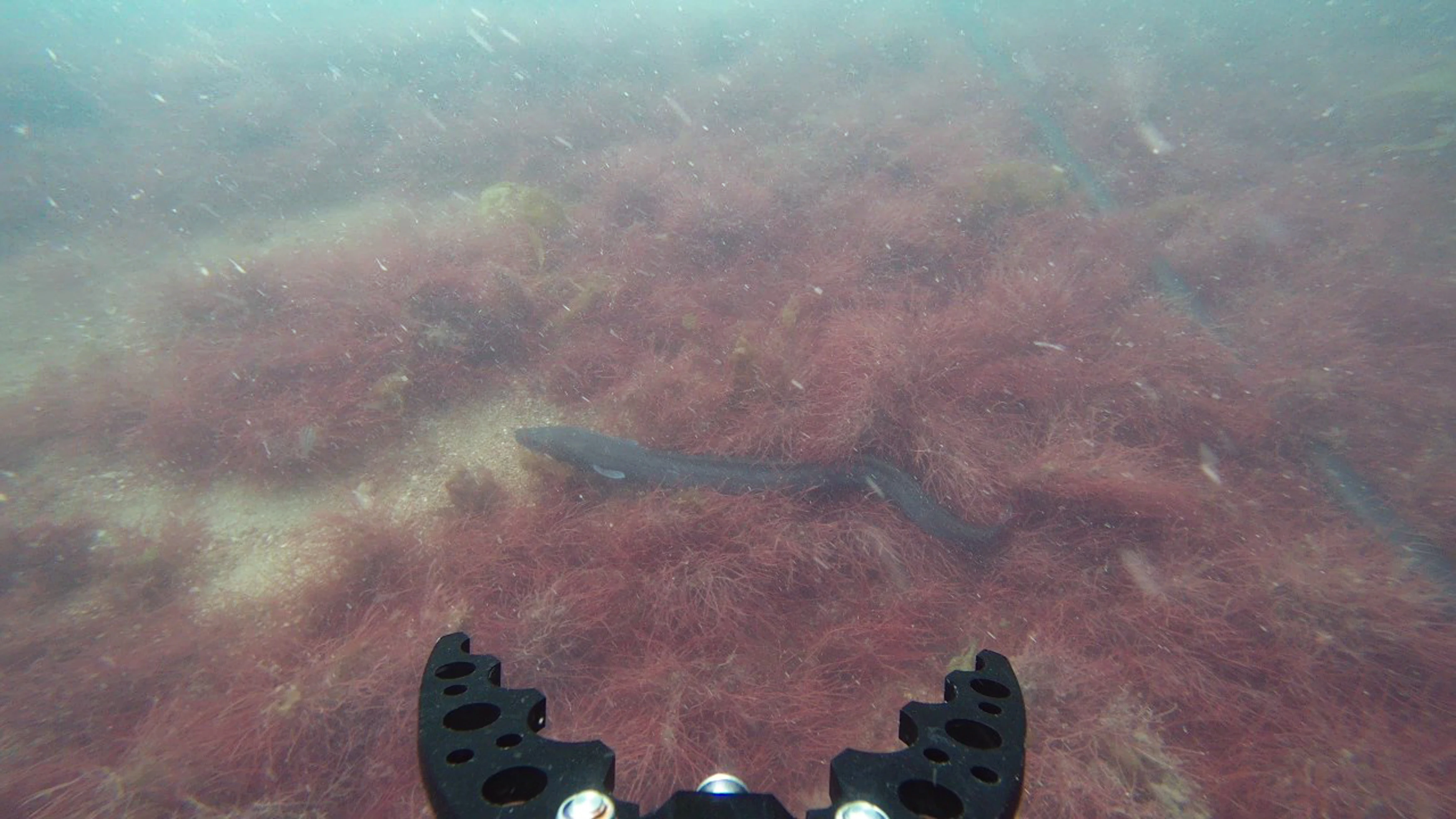
Christophe was also impressed by the ROV’s stability even in challenging conditions. “I’m really amazed by the stability of this machine underwater. It’s crazy. Sometimes there is 2-3 knots of current and I have the cable in the frame, and I’ve been sitting and following the cable for three hours. I need to, I don’t know, eat, drink, take a break, whatever. And I go do what I have to do for maybe 5 minutes. I come back and it’s still there, over the cable,” he reflected.
Seaway’s success with this initial cable inspection has led to further opportunities. They’ve signed contracts to inspect the power cables connecting five islands, with each island requiring an average of 10 kilometers of cable inspection. Some islands have up to three cables, and the Seaway team expects to complete the inspections by the end of the year.
Matheiu discusses the benefits of utilizing ROVs for these contracts, "ROV technology enables significant cost and time savings by allowing us to operate autonomously. We don’t need to charter a dive vessel or additional camera and technical equipment. The photos and videos captured by the ROV are high quality.
While divers are essential for subsea tracking, they have limitations when it comes to long or deep immersions. However, their expertise and manual skills remain irreplaceable. By integrating ROVs, divers can focus on their core tasks rather than spending time capturing video and photos of the seabed. Divers and ROV are highly complementary."
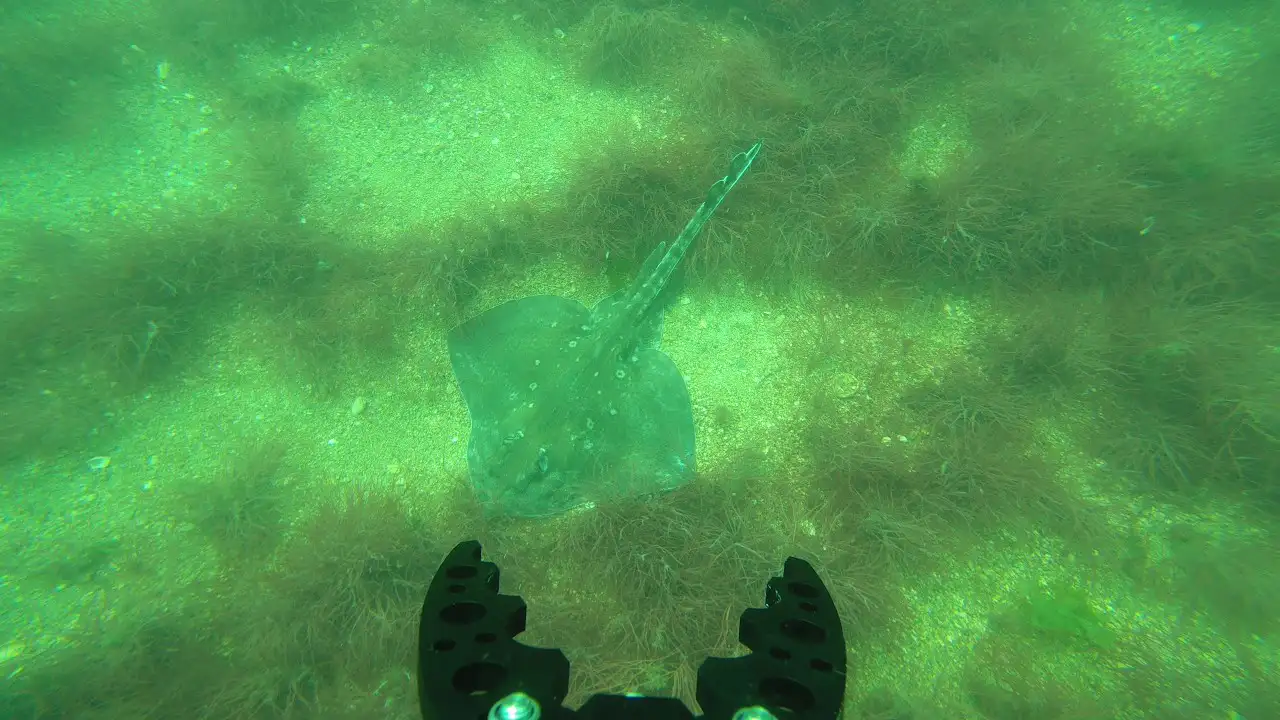
Christophe was impressed by the outcome and is excited for future projects. Through his work with Seaway Transport Maritimes, he has demonstrated how an experienced photographer can bring unique value to technical underwater inspections. By combining his photography background with the REVOLUTION ROV’s capabilities, he contributed to a successful cable inspection and replacement project, which involved replacing six kilometers of cable and ensuring its stability after installation.
Despite facing challenges such as poor visibility and strong currents, Christophe’s expertise in technical photography and the use of advanced ROV technology helped Seaway complete the job successfully, with more projects on the horizon. With contracts for power cable inspections across multiple islands and a growing confidence in ROV capabilities, Seaway is poised to expand its inspection operations with further success.
Mathieu discusses future contracts utilizing their Deep Trekker ROV, stating, “Our next challenges - some of them already realized - will be: Port facilities inspection, seabed inspection before offshore windfarm installation, shipwreck inspection, shellfish aquaculture inspection, any other seabed and substrate around subsea cable.”
Learn how Deep Trekker's ROV successfully completed riser inspections under challenging offshore conditions, enhancing safety, efficiency, and reliability.
ROVs play a critical role in inspecting subsea assets, ensuring structural integrity, regulatory compliance, and operational efficiency.
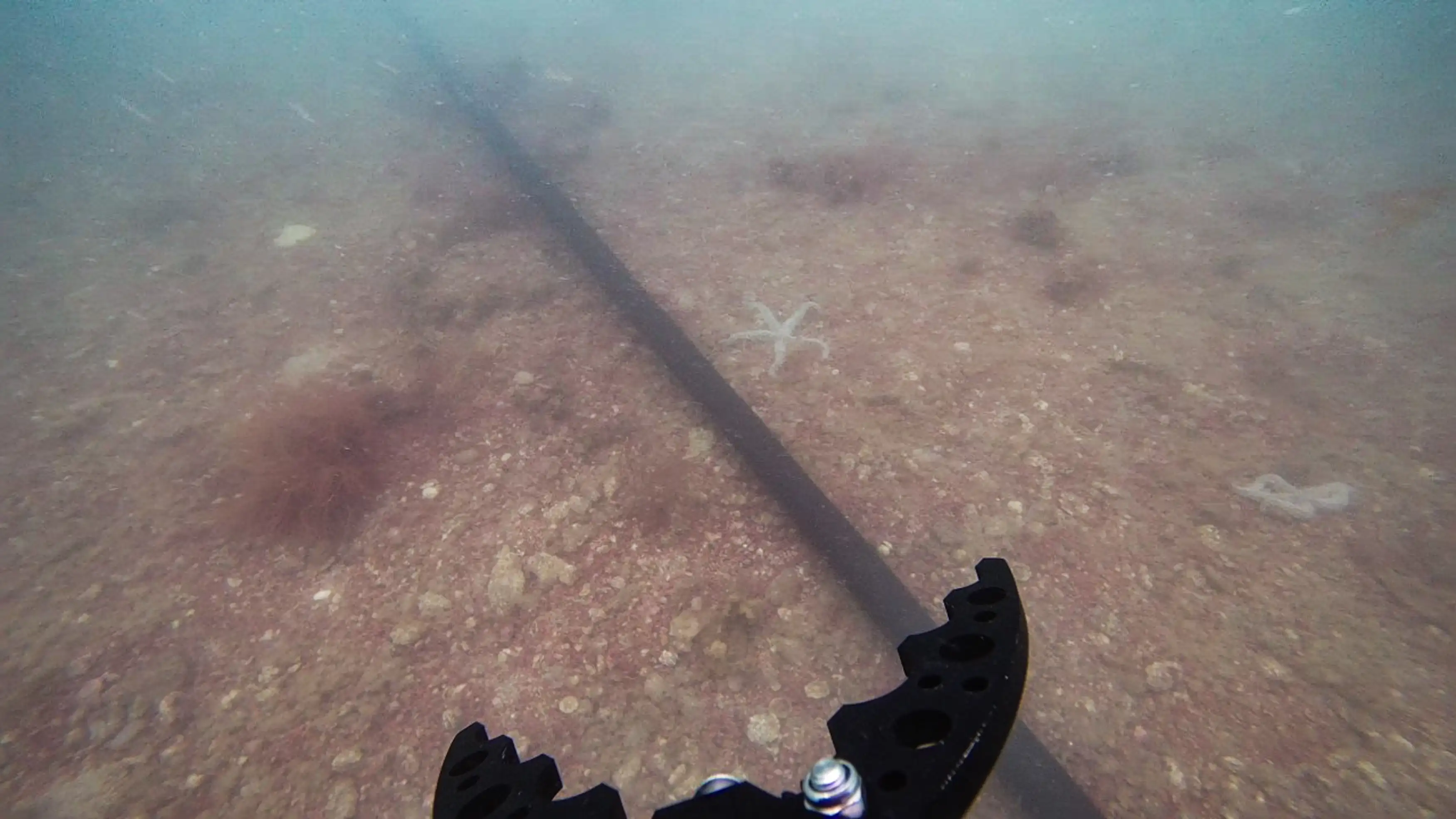
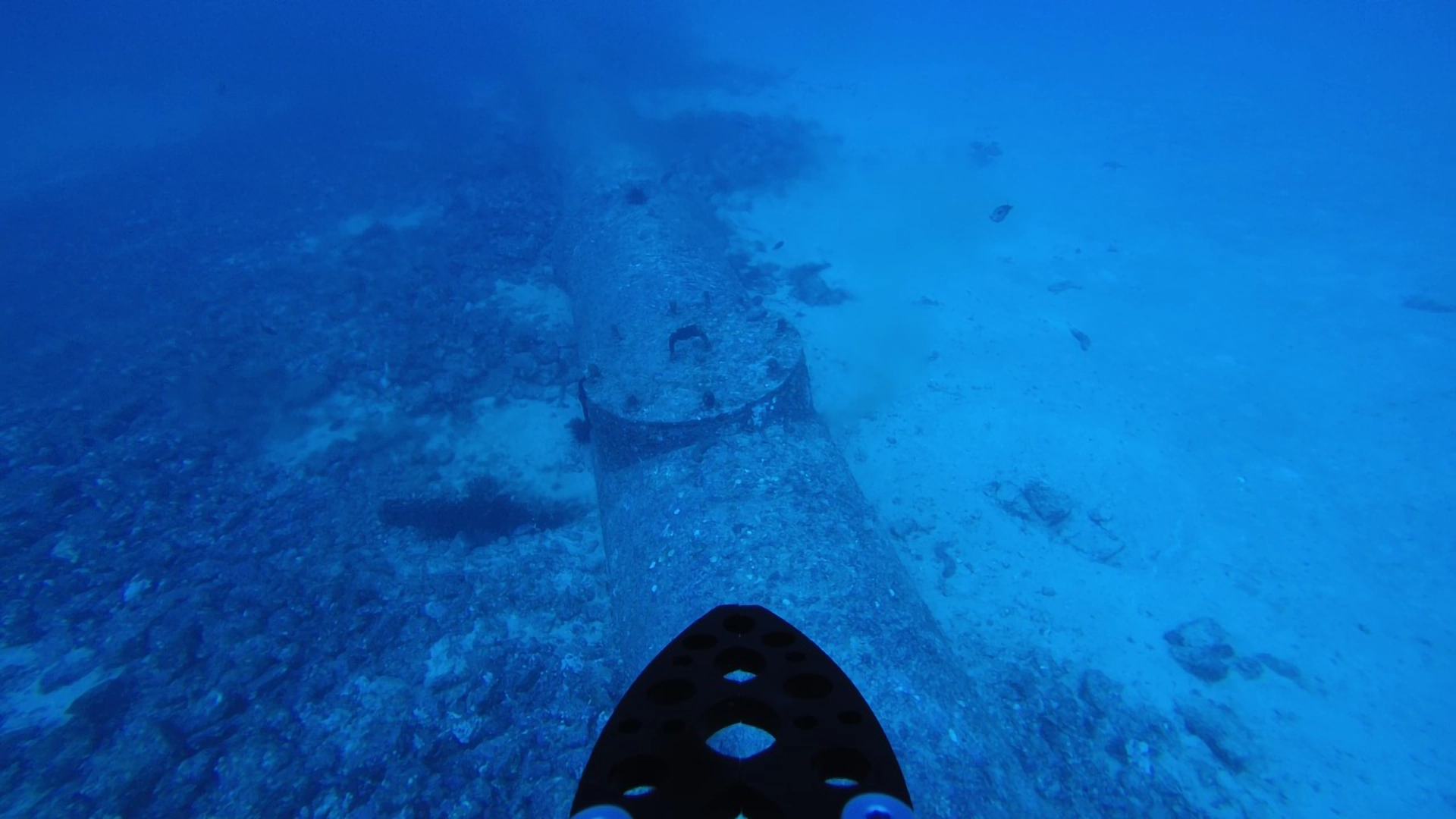
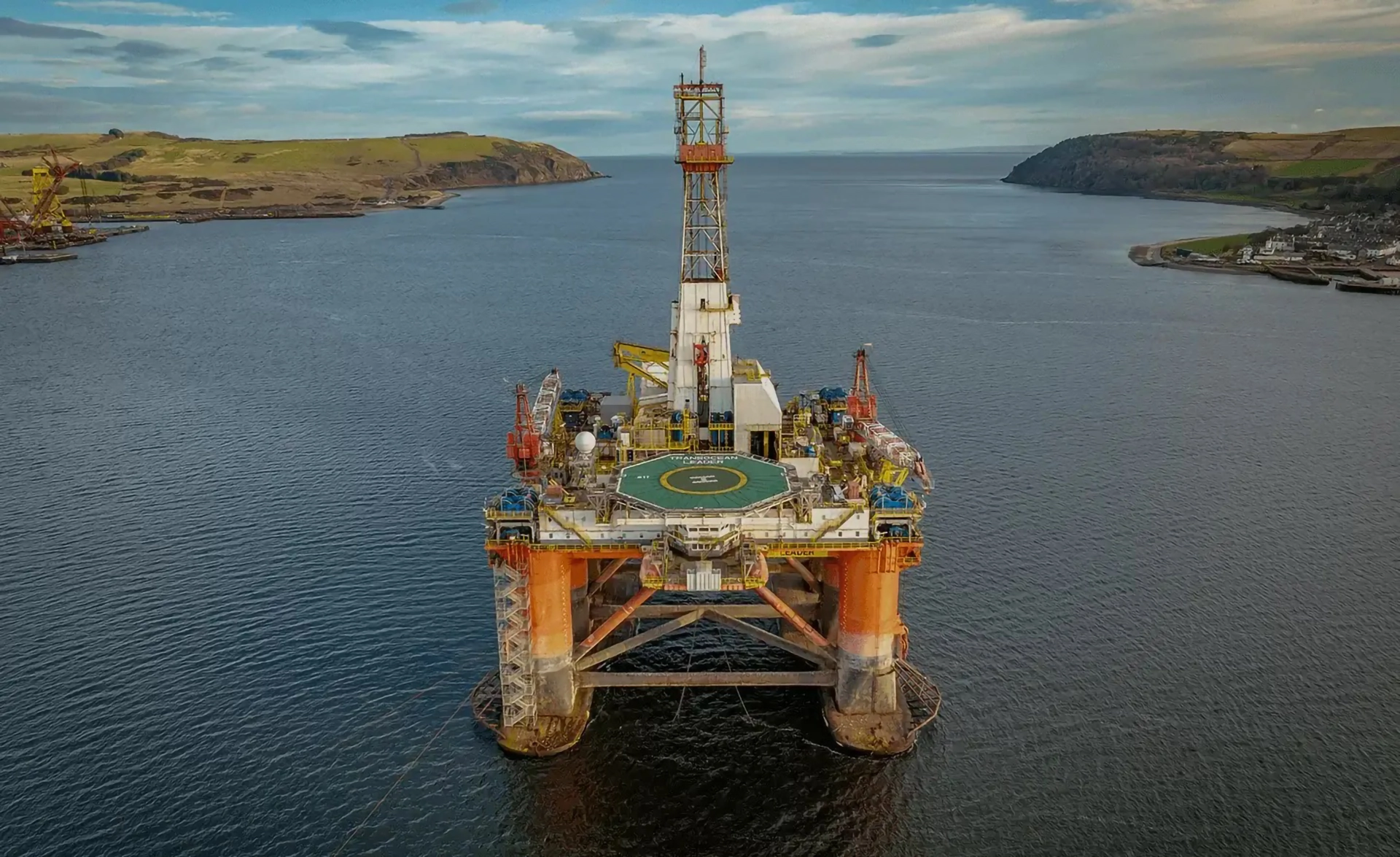
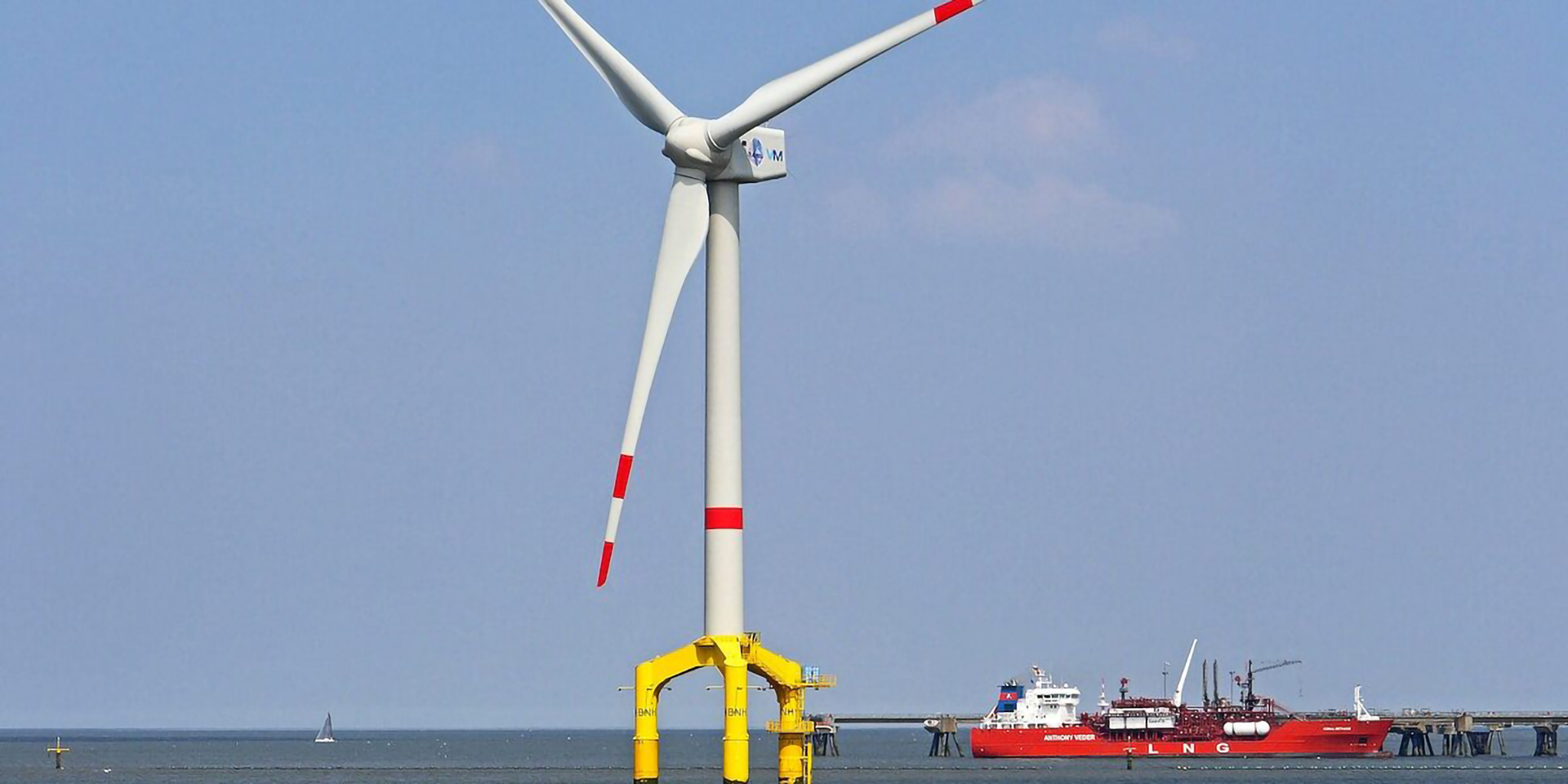
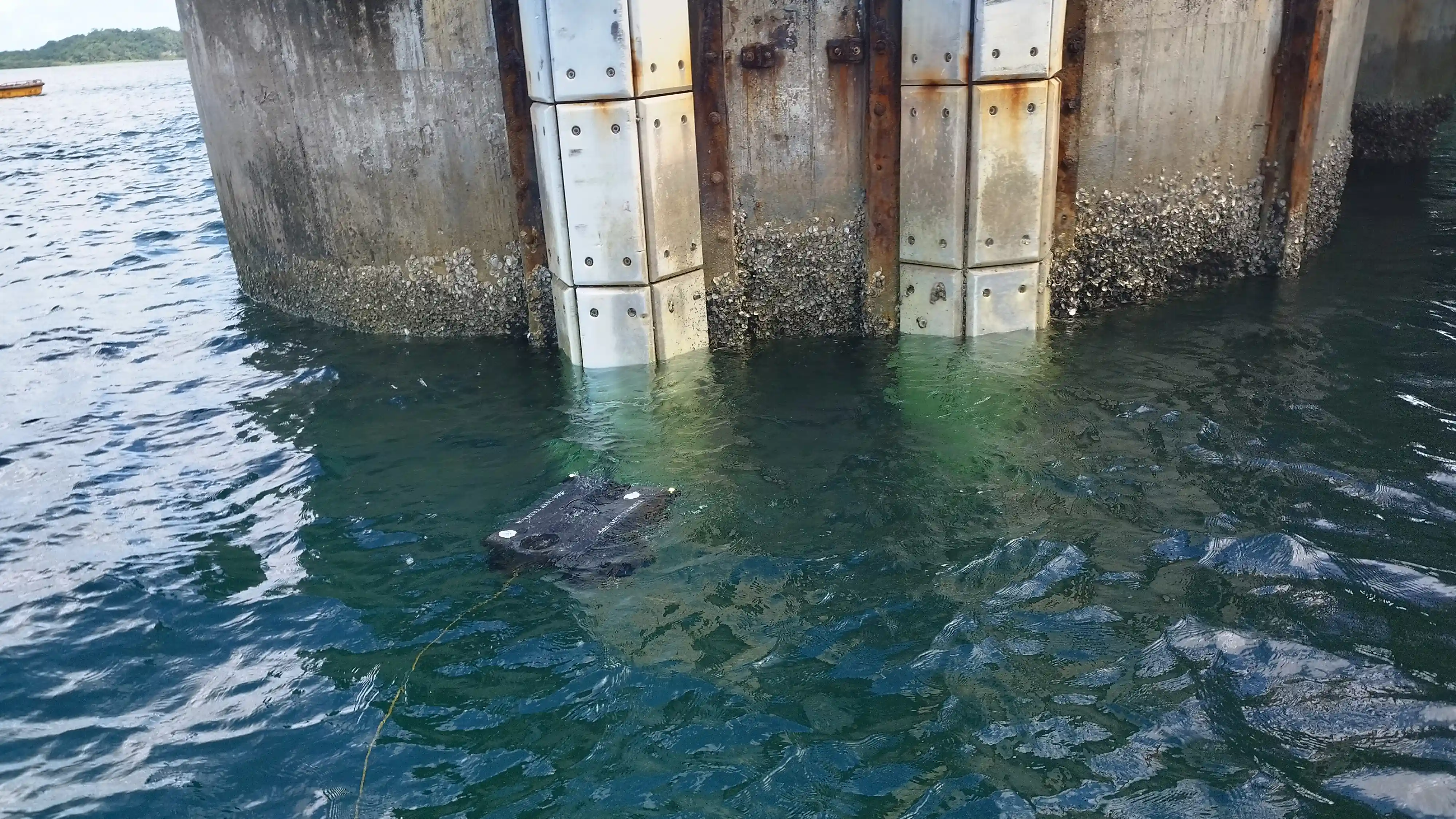
Deep Trekker ROVs are built for offshore cable inspections, integrating advanced systems for precise, efficient, and reliable operations.
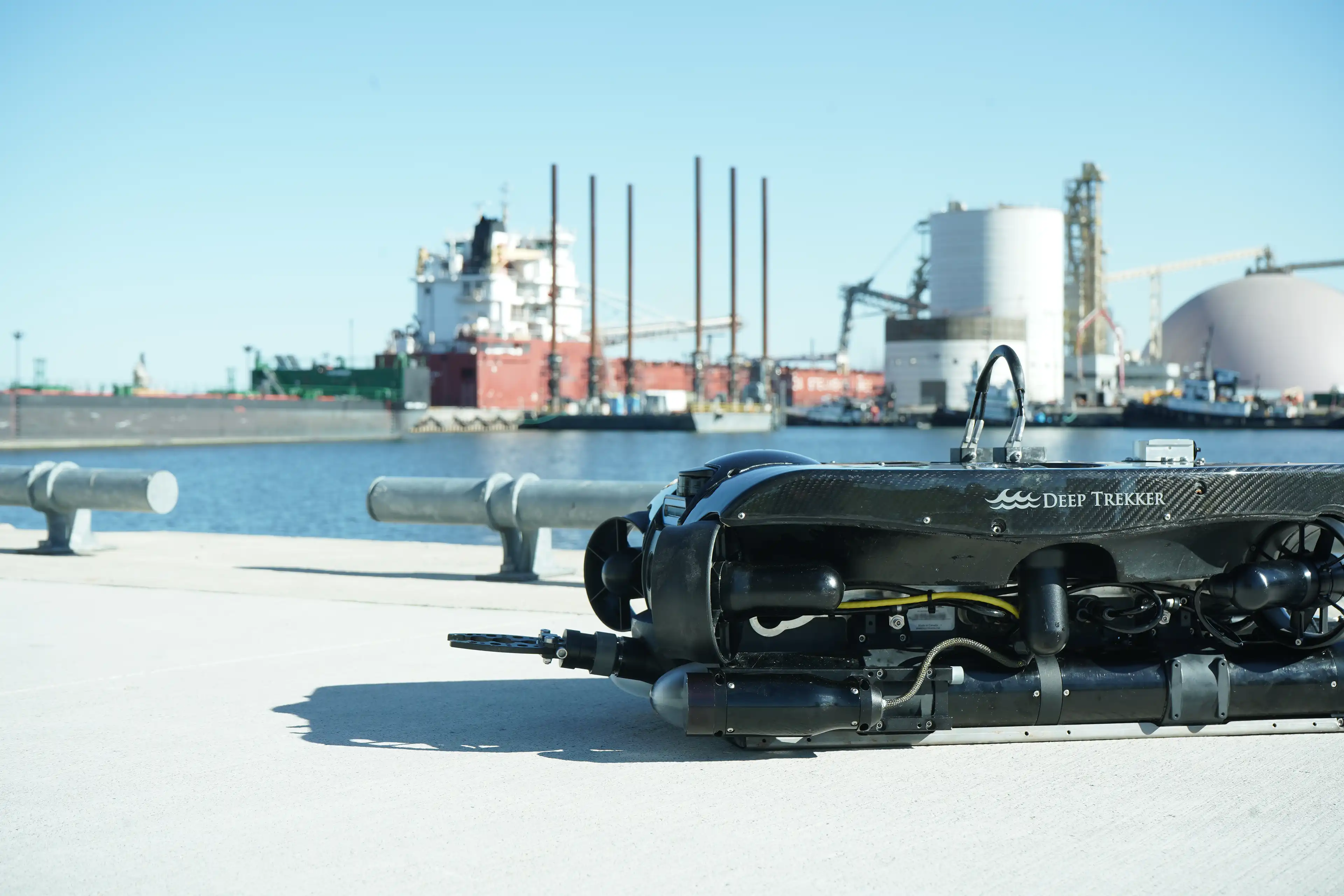
Ask us about using ROVs to inspect the risers, hull, and water tanks on your offshore platform.
Traditional offshore cable and pipeline inspections require extensive logistical planning, high personnel costs, and expensive vessel mobilization. Deploying ROVs improves these operations by reducing the need for human divers, minimizing downtime, and enabling real-time monitoring. With advanced imaging and navigation systems, ROVs provide high-quality data acquisition in challenging underwater environments, allowing for more frequent and precise inspections. This proactive approach helps prevent costly failures, extends asset lifespan, and ensures continuous operation without the need for large support vessels or production halts.
Lower Personnel Costs
Eliminates the need for dive teams and reduces the number of on-site personnel, cutting expenses related to safety equipment, decompression chambers, and risk mitigation.
Minimal Disruptions to Operations
Allows inspections to be performed without shutting down offshore facilities, avoiding costly production halts.
Extended Inspection Intervals
Enables frequent, proactive assessments that detect early-stage damage, reducing the likelihood of expensive emergency repairs.
Remote Access and Monitoring
Live data transmission allows onshore engineers to oversee inspections in real time, eliminating the need for additional offshore personnel.
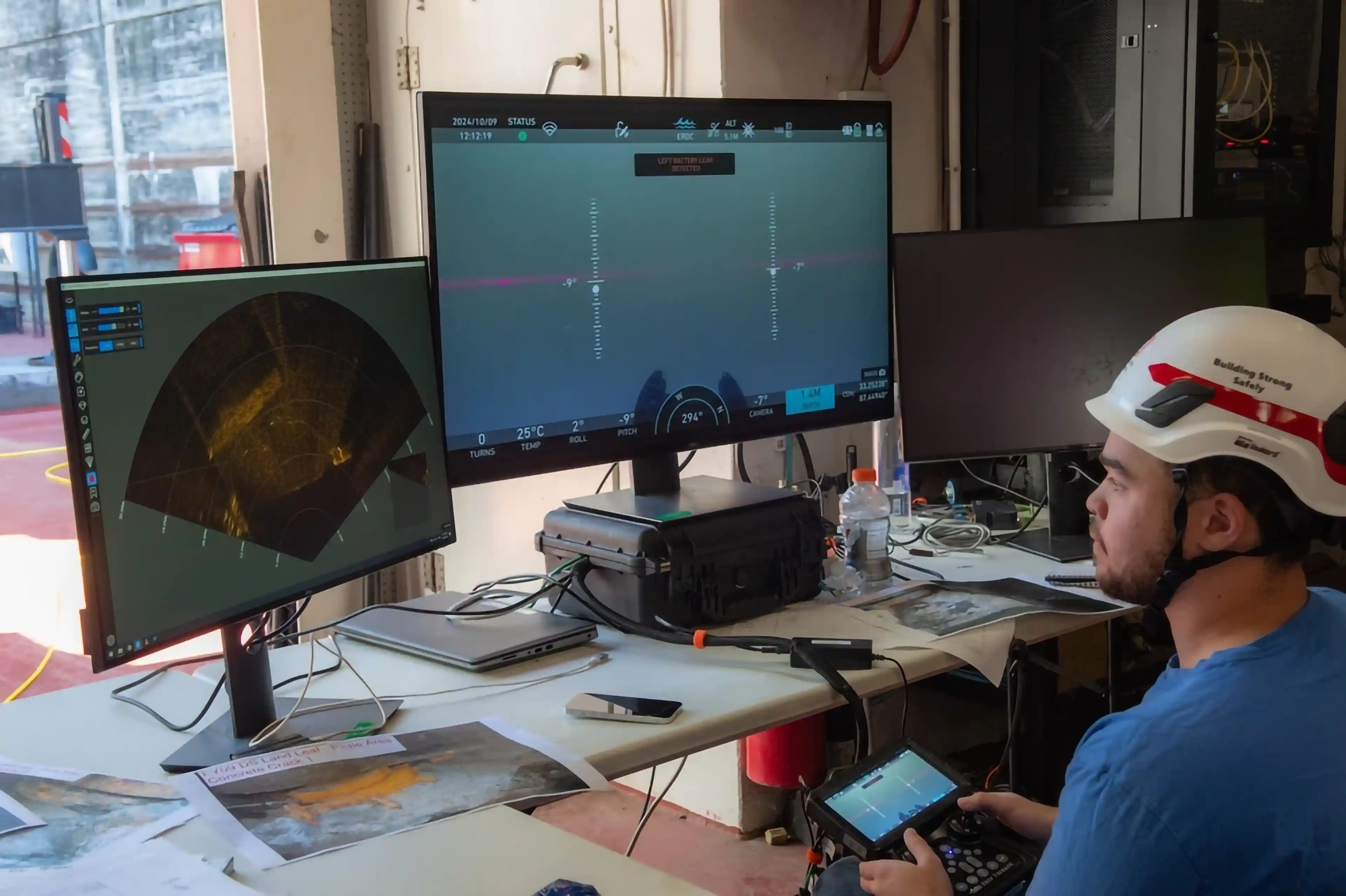
Reduced Vessel Mobilization Costs
Compact, battery-powered ROVs deploy from small boats, eliminating reliance on large support vessels with high fuel and crew expenses.
Faster Deployment and Execution
Quick setup and adaptive navigation allow ROVs to operate efficiently in strong currents and low-visibility environments, shortening inspection timelines.
Improved Asset Longevity
High-resolution imaging and sonar mapping provide early detection of corrosion, marine growth, and structural misalignment, preventing unplanned outages and costly replacements.
Talk to us about how we can help you perform inspections of submerged assets with ROVs
ROVs have transformed offshore cable and pipeline inspections by offering safer, more accurate, and cost-effective solutions. Their ability to operate in challenging conditions, deliver high-resolution, real-time data, and reduce reliance on costly vessel mobilization and divers makes them indispensable for modern offshore operations.
With advanced navigation, imaging, and modular sensor options, ROVs ensure early detection of cable damage, misalignment, and degradation, minimizing downtime and preventing costly failures. As technology advances, ROVs will continue to refine offshore cable inspection methods, supporting long-term infrastructure reliability and regulatory compliance.
Our team consists of highly skilled professionals with extensive industry experience, dedicated to assisting you in integrating submersible robots into your operations seamlessly. Whether your project involves pipeline and infrastructure inspections, water tank maintenance, salvage operations, underwater surveys, search and recovery missions, aquaculture operations, environmental monitoring, marine research, or other specialized applications, we are equipped to cater to your unique requirements and objectives effectively using our state-of-the-art underwater ROV solutions.

When you're ready to secure your very own Deep Trekker vehicle, feel free to contact us, and we'll be happy to provide you with a customized quote tailored precisely to your requirements. Incorporating Deep Trekker ROVs into your underwater operations ensures unmatched safety, efficiency, and success.
November 3rd, 2025
At REPMUS 2025, Deep Trekker’s ROVs validated real-world mine countermeasure capabilities...
July 5th, 2025
Deep Trekker’s new Tampa facility brings faster ROV repairs, in-stock parts,...
June 11th, 2025
Equipped with sonar and DVL, Deep Trekker ROVs are helping SES...